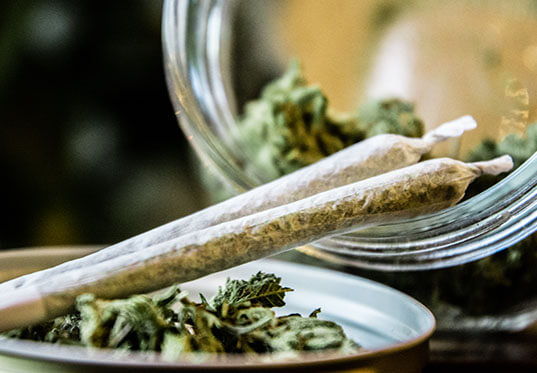Spice is a first generation brand name for synthetic marijuana, a drug intended to mimic the effect of cannabis. Known as “legal weed” or “synthetic weed”, “fake pot” it is used mostly by inhaling a synthetic-marijunana-treatmentsmoke, like marijuana. As a first commercial brand of synthetic marijuana, Spice imposed its street name to its successors (K2, Chill-out, Mr. Happy, Scooby Snax, Joker, Purple Haze etc.).
Main motivation for using Spice is it’s availability (although frowned upon by authorities, it is still sold over the counter or on the internet in many countries, labeled “herbal incense, not for human consumption”) and ability to pass cannabis tests – marijuana users that are regularly tested for cannabis by their employer, school, parents, doctors etc.

In most countries today, Spice is illegal, or deep in the “gray zone”, since manufacturers change its chemical composition as soon as authorities make some of its cannabioid compounds illegal and hard to acquire. It is constantly evolving, and nowadays synthetic cannabis contains fourth generation chemical compound.
6 Myths about spice (synthetic marijuana, synthetic cannabis)
1. Natural – The first myth about Spice, or any other form of synthetic marijuana is that it is a natural herbal products. The truth is: Spice does contain dried plants but just as a delivering platform for an psychoactive ingredient that is a synthetic compound. Spice is a combination of herbal parts sprayed with a synthetic component.
2. Clean – The second myth about synthetic cannabis is that it is a “clean” product. Many users fooled by the packaging, falsely believe that the production of spice is regulated, that it takes place in a sterile environment with quality control in which every component is carefully measured and mixed. The truth is: Spice is not officially intended for human consumption and the production is not regulated by any authority. It’s components are not constant. Substances used for spraying herbal platform vary in ratio and quality from batch to batch.
3. Safe – The third myth about synthetic marijuana is that it is safe. It’s not safe. Even famous brands contain extremely harmful substances (nail polish remover, cement mixers) which cause so called ‘hot spots” where the synthetic substances are much stronger in one area than another in the same package. Spice is an unstable chemical mixture and you actually don’t know what are you inhaling. Effects of synthetic cannabis are proven to be potentially very harmful.
4. No side effects – The fourth myth about “fake weed” is that it has no adverse side effects. In fact, synthetic-cannabis-spice synthetic marijuana is actually much more dangerous than real cannabis. Spice is never tested on humans in laboratory setting since it’s a relatively new drug, but users and ER doctors report serious psychosis, seizures, and heart attacks as a side effect of using “synthetic weed”. Spice overdose IS a real thing. Other side effects of spice include: Panic attacks, Delusions, Hallucinations, Vomiting, Restlessness, Foggy memory. Sometimes, testing of chemical compounds in some of these products discovered high-risk benzodiazepines compounds and even MDPV (bath salts).
5. Not addictive – The fifth myth about Spice is that it is not addictive and does not cause withdrawal. In fact, Spice has a much greater ability to cause chemical dependence than cannabis, especially in consistent users. Those who think fake pot does not cause withdrawal are misinformed, or unable to spot them for what they are. Most common withdrawal symptoms in Spice users: Loss of appetite, Insomnia, Fierce cravings, Depression, Psychosis, Loss of motivation, Suicidal thoughts.
6. Does not require treatment – The sixth myth about synthetic cannabis is that it does not require treatment. Actually, Spice users will have to go through physical AND psychological withdrawal and it is best (if not only possible) to go through that in a medical environment.petite, Insomnia, Fierce cravings, Depression, Psychosis, Loss of motivation, Suicidal thoughts.
Physical withdrawal from synthetic marijuana is, to say the least, an uncomfortable and exhaustingprocess. The patient should be medically monitored in order to prevent the side effects of withdrawal. Psychological withdrawal or anti-craving therapy in drug treatment center should help the patient to go through emotional detoxification. Regular checkups and psychological support will break the habit and enable a drug-free life.
